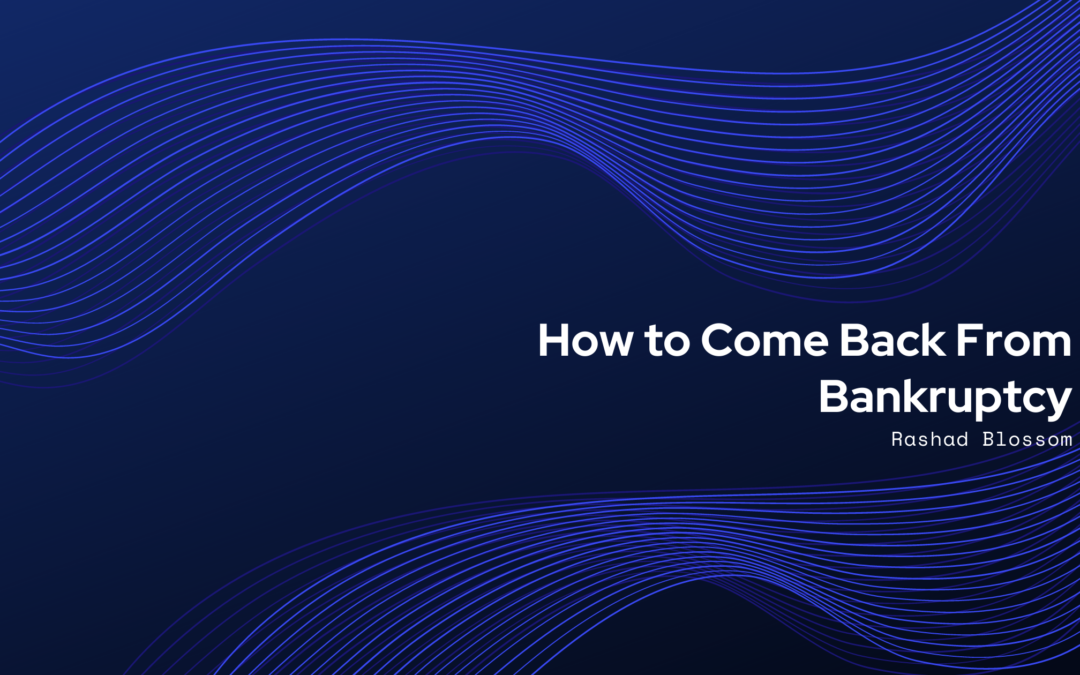Filing for bankruptcy is never a good feeling or an easy thing to do. The prospect of trying to restore your financial stability and your credit can often become overwhelming. For those who have gotten to the other side of the bankruptcy tunnel, it can often come with a sense of freedom; it’s a chance to start new. When you have gotten to that other side, it’s essential to make a plan for post-bankruptcy.
The Paperwork From Your Bankruptcy
The paperwork that you obtained from filing your bankruptcy needs to go into a safe place. Odds are you’ll never want to see it again, but if there ever comes a time that you need to request a loan, you will need to have that paperwork handy. It could even become handy if there is a creditor down the line that could claim you still owe money; having that paperwork on hand can ensure that you no longer owe any other payments.
Rebuilding Your Credit
Once you have cleared the bankruptcy tunnel, don’t rush into applying for a loan or buying a brand new car, that’s a recipe for falling right back into debt. When trying to rebuild your credit, consider opening a credit card or a secured credit card. These are designed for those who have little to no credit or bad credit. With a secured card, you are required to put down a deposit of $200 to $300 before using the card. While they are often beneficial to your credit, they can incur some snags, such as high-interest rates and annual fees.
Understanding Your Bankruptcy
It’s essential to understand the cause of your bankruptcy. Was it a temporary situation such as a job loss or an illness that caused issues with your full-time employment? If the primary root for your bankruptcy was caused by something of this nature, know that it is possible to come back financially. Dwelling on any sense of impossibility will only inhibit your ability to do so.
Establishing a Positive Relationship With Your Bank
Eventually, there will come a time when you need to apply for a loan after making the initial steps to go back from your bankruptcy. When you are ready to apply for a loan, you should try to have some personal connection with your lenders. Establish a relationship with your loan officers or even the CEO of your small community bank. Explain to them the reasoning behind your bankruptcy, ensure that they know that your default won’t happen again, and why the protection was needed in the first place. This will help you be seen as more of a human to lenders than just a number on a piece of paper.
Who You Borrow From
After you have come back from bankruptcy, always consider from whom you’re borrowing. Your lenders will recognize that you have more expendable money now that you are out of debt, and you will not be able to file for bankruptcy again for a few years to try and eliminate any new debt that you have accumulated. Consult with your bankruptcy attorney; they will be able to help provide you with the names of mortgage brokers, car dealers, and even credit companies that will be able to help you by offering competitive rates.
